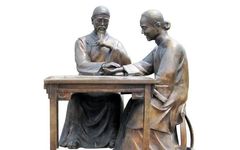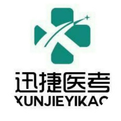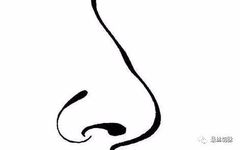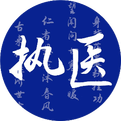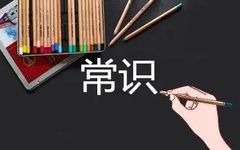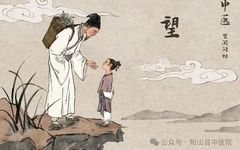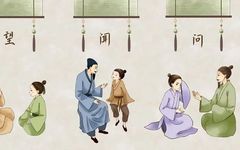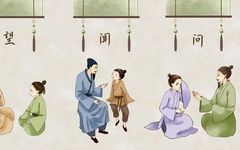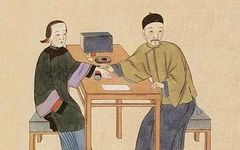The Olfactory Diagnosis in Traditional Chinese Medicine: Nasal Odors
【Disclaimer】The images and text are sourced from the internet. If there is any infringement, please contact us for removal! The nose is the orifice of the lungs, responsible for respiration. Additionally, as the Yangming meridian passes near the nose, we can clinically discern the pathological changes of the lung and stomach meridians through the odors … Read more


